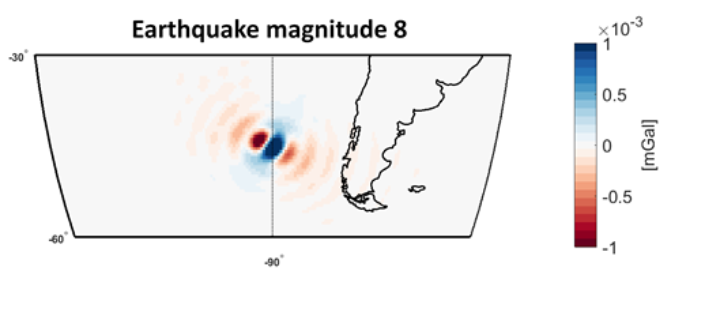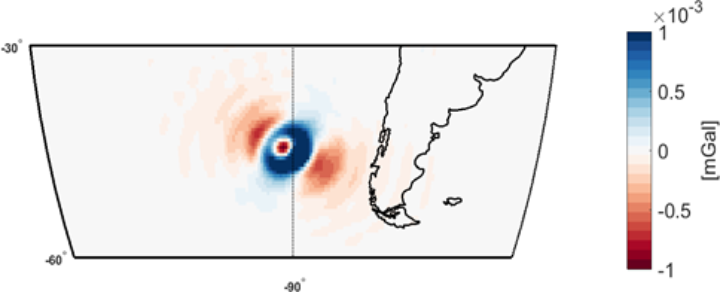GravSeis is an ESA-funded research project led by university of Milan. The main objective of this project is to establish a theoretical framework for the detection and characterization of earthquake precursors based on the observations of the gravitational field made by satellite. The global approach has already been successfully applied to the a posteriori detection of very large magnitude earthquakes (Mw = 9) with GOCE and GRACE data. Here, the main challenge will be to extend the method to lower magnitude earthquakes (Mw = 6 to 9) and adapt it to the Next Generation Gravity Mission (NGGM) type of data. While the geophysicists from Milan focus on the physical and geodetic characterization of active tectonic processes leading to earthquakes, the Institute of Geodesy of the University Stuttgart, is in charge of the synthesis of Earth’s gravitational field models derived from simulated, realistic satellite observations. More specifically, we simulate numerically an NGGM consisting of 2 pairs of satellites flying in a gravitational field containing the time-variable signal corresponding to the tectonic processes of interest. The recovered gravitational field and the associated errors are then fed back to the geophysicists who analyse and quantify to what extend the identified earthquake precursors can be detected with an NGGM.



